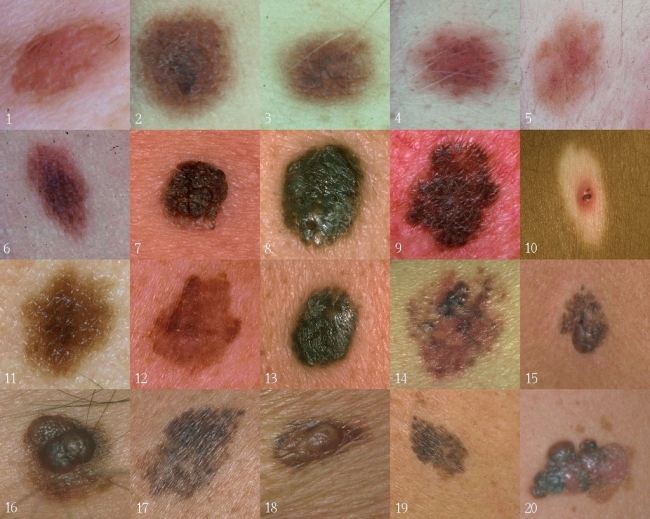
All of us have heard those warnings at least once in our lives- apply sunscreen or wear protective clothing while going out into the sun. However, despite the string of advises and suggestions, some people simply don’t care enough to protect themselves against the UV rays of the sun. A research shows that only thirty-four percent of adults under the age of twenty-five use sunscreen. The most prominent effects of not applying sunscreen include skin cancer, sun burn or photosensitivity problems. Keeping such considerations in mind, let us now elaborate on the ill-effects of not applying sunscreen.
Skin cancer
UV radiation is one of the most prominent cancer causing agents in the environment today. Energy emanated from the sun is actually a kind of radiation. Apart from visible light, the energy is packed with rays which people cannot see. Invisible to the normal human eyes, UV radiation accounts for ninety percent of the skin cancer cases surfacing every year. UV rays work by damaging the DNA- the genetic material of which genes are made. Where the magnitude of genetic damage is serious, normal skin cells begin to grow in disorderly, uncontrolled ways, thereby paving way for cancer. Skin cancer from exposure to UV rays is not an overnight phenomenon. Research shows that you may develop cancer of skin cells some 30, 20 or even 10 years down the pike. However, according to the medical community, more than one instance of severe sun burn during childhood puts you at risk for developing skin cancer as an adult. Hence, in reversing the effects of skin damage caused by overexposure to the sun, sunscreen lotions are the best options around. Sunscreen lotions protect your skin by reflecting and absorbing the harmful UV rays. All sunscreen products come with an SPF or Sun Protection Factor rating that indicates the duration for which sunscreen will remain effective on your skin. Although, sunscreen lotions help minimize the extent of sun damage, they cannot block all UV light wavelengths with utmost precision. If you wish to go beach hopping often and yet lead a cancer free healthy life, our suggestion is- wear sun protective clothing and avoid sun exposure between 10am and 3pm.
Sunburn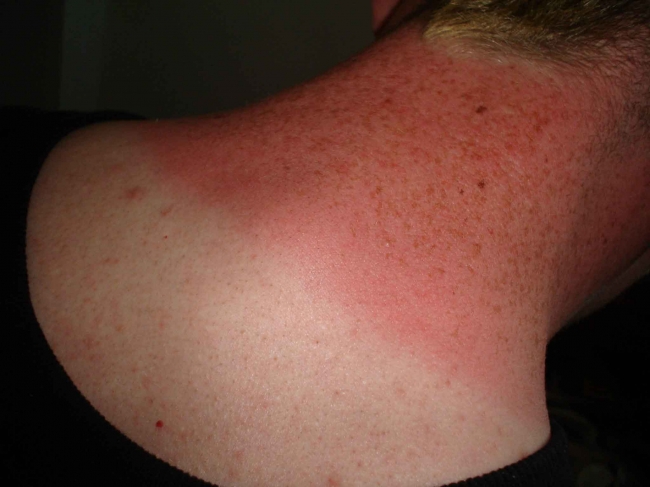
Ultraviolet rays burn the skin. Damages to the skin are primarily caused by absorption of essential energy from the ultraviolet rays. Excess blood flows to the damaged area in an attempt to heal it, thereby turning the skin red. There are several ways of reversing the damage. Natural remedies speed up the healing process. You can apply a mixture of avocado meat, honey and aloe vera over the affected area. Massage in slow gentle movements. If you wish to make the experience a bit more comfortable, refrigerate the mix before applying. A dip in temperature levels is known to soothe burns. However, by being a bit more cautious and applying sunscreen at the outset, you may never have to undergo the trauma of sunburns.
Immune system damages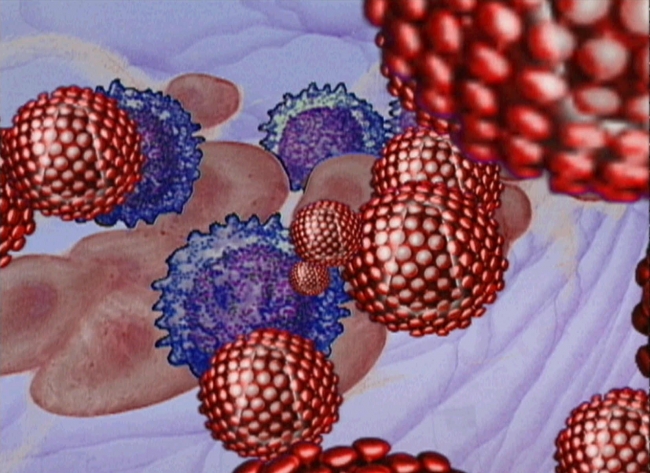
Overexposure to ultraviolet rays works to suppress the immune system, experts opine. The problem basically stems from excessive sun burn where the functioning and distribution of diseases undergo a major change. Repeated overexposure causes the body’s immune system to sustain severe damages. The immune system protects the body against microbes, bacteria, viruses, parasites and toxins. To prevent your immune system from weakening, sunscreen is the most effective solution available. By applying sunscreen lotion daily, you will be able to protect the immune system from the harsh UV rays and lower your chances of getting skin cancer. Apart from giving your skin enough chance to heal, sunscreen also helps the immune system repair existing damages.
Premature ageing of skin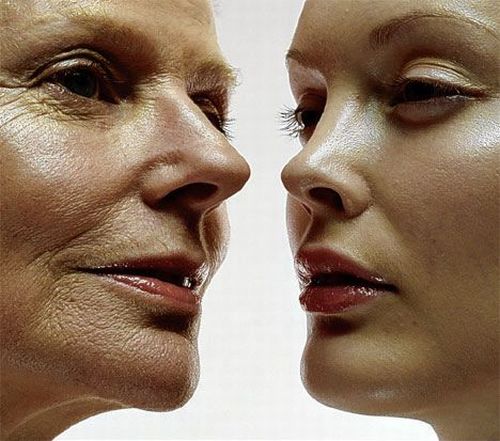
Repeated exposure to UV rays makes your skin look dull and older than its age. UV vents the ageing process of skin by destroying connective tissues and collagen beneath the skin’s top layer. The process not only triggers the birth of wrinkles or brown liver spots but also leads to a loss in skin elasticity. The differences between wrinkles, skin tones or pigmentation on the underarm area illustrate the harmful effects of overexposure to UV rays. The good news is that ageing problems due to Ultraviolet rays are very much reversible. In reversing the effects, start by using sunscreen, or wearing protective clothing. It would also be advisable to follow the UV index.
Pigmentation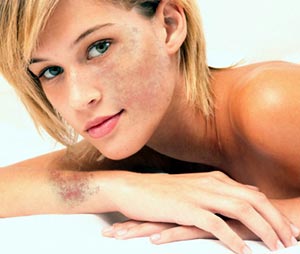
Skin color may be attributed to melanin production by skin cells, called melanocytes. The melanin generated by these cells scatters and absorbs UV radiation, thereby protecting your skin from the mutagenic and damaging effects of solar radiation. However, since we are moving in and out of sun continually during a day, the melanocytes, in turn, have to undergo parallel switches in functioning. Overexposure to UV rays causes melanocytes to multiply. This triggers an abnormal distribution of active melanocytes. Pigmentation is generally triggered by a plethora of causes. Of them, overexposure to UV radiation is probably the most eminent. Exposure to the harsh rays triggers an inflammatory response in your skin, thereby paving way for sunburns. However, it is not necessary for sunburns to occur before the inflammation. Short-term exposures to UV rays can also produce a myriad of inflammatory responses. There are several ways of reversing or tackling pigmentation problems. A natural home remedy of milk, carrot and strawberry is known to work wonders for pigmentation. However, applying a mere home remedy is not enough. What you need is added protection in the form of sun screen lotions.
Suntan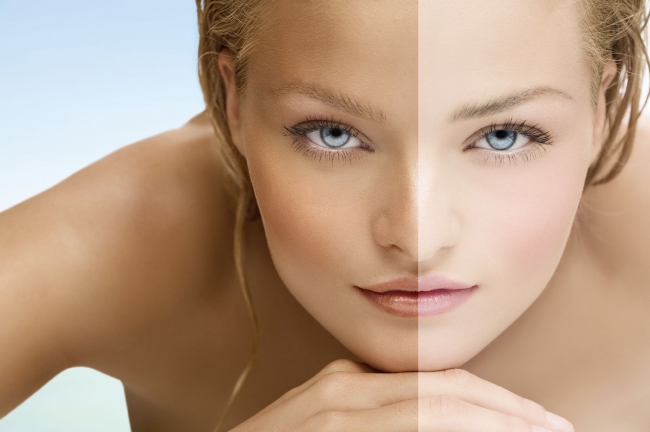
Given a chance, a majority of people would confuse between the terms sunburn and suntan. Sunburn is a condition characterized by DNA damage, whereas suntan is a normal skin reaction to UV exposure. In the western world, the trend of getting one’s skin tanned through artificial methods has been around for quiet some time now. Sadly though, a majority of people, in their attempt to tan themselves, simply end up with burnt skins. If we, for a while, choose to look beyond the beauty enhancing capabilities of tanning, then there is a shocking reality waiting to be told. According to experts, a suntan does as much harm to your skin as pink and raw sunburn. Both a burn and a tan originate from the UVB and UVA rays- two major forms of invisible light emitted by the sun. So, visit a dermatologist before you decide to get an artificial tan. And for those who have got themselves tanned already and want to retain their normal skin color, a suntan or sunscreen lotion seems to be the only solution.
Photo-sensitivity problems
A very small percentage of the population actually encounters the problem. Photosensitivity refers to the condition where your skin becomes oversensitive to the UV rays of sun. Even a minor exposure to UV radiation can trigger allergic reactions. However, it is important to remember that overexposure to UV radiation is not the only reason behind the occurrence of photosensitivity. Factors or habits like use of antibiotics, tranquilizers, painkillers, oral anti-diabetics or antidepressants might also play an important role in triggering photosensitivity. In order to keep yourself safe against such problems, use sunscreen lotions in proper amounts, no two ways about that. However, where the condition gets severe, consider visiting a dermatologist.


